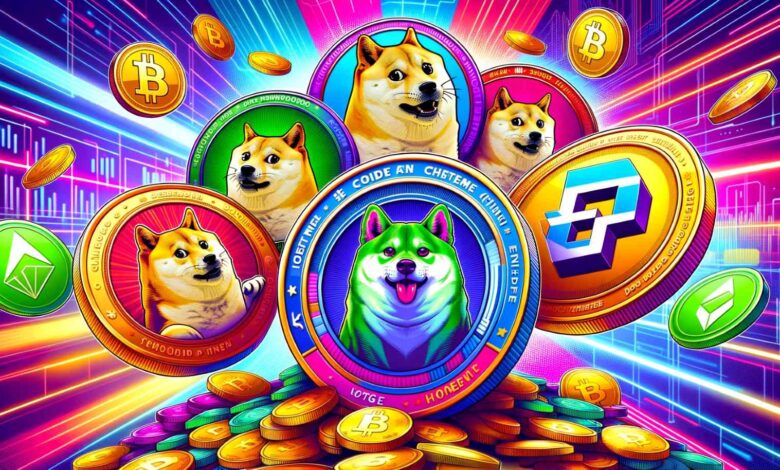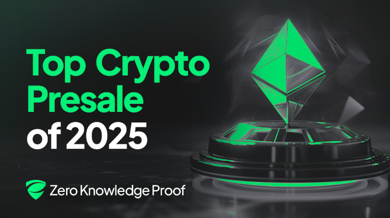
The world of cryptocurrency is ever-evolving, and one of its most intriguing phenomena is the rise of meme coins. While some attribute their popularity to political factors, others believe that economic elements play a more significant role. This article delves into the debate, exploring whether politics or money supply is the true driver behind the meme coin craze.
Politics Not the Primary Catalyst
Murad, a seasoned analyst specializing in meme coins, argues that politics is not the main factor propelling meme coins into the spotlight. He asserts that these digital assets are largely unaffected by political dynamics or regulatory bodies like the US Securities and Exchange Commission (SEC). According to Murad, “99% of meme coin buyers couldn’t care less about politics.”
This perspective counters the viewpoint of Nic Carter, a prominent figure in the Bitcoin community, who believes that the enthusiasm surrounding meme coins stems from an “oppressive SEC regime.” Carter posits that if the SEC were to adopt more rational policies, the allure of meme coins would diminish.
The Role of Money Supply in Meme Coin Popularity
Murad offers an alternative explanation, emphasizing that the expanding global money supply is the primary driver behind the booming interest in cryptocurrencies, including meme coins. He suggests that an increase in available capital provides investors with ample resources to explore high-risk assets.
He further elaborates that most meme coin buyers are motivated by the potential for rapid gains, rather than a desire to engage with projects that offer structured revenues or dividends. Murad warns that if the cryptocurrency market were to shift towards more stable, equity-like projects, it could drastically reduce the appeal of meme coins.
Currently, the total market capitalization of cryptocurrencies stands at $2.2 trillion, a testament to the substantial interest in digital assets.
A Republican Victory: A Threat to Meme Coins?
In contrast, Omid Malekan, a professor at Columbia Business School, speculates that a Republican victory in the US elections could spell trouble for meme coins. He views meme coins as symbols of economic protest, suggesting that they have gained traction as a response to the current SEC policies.
Malekan argues that meme coins serve as a form of economic populism, providing a counter-narrative to what he describes as “shady VC-backed coins.” He believes that the popularity of meme coins is a reaction to regulatory pressures, particularly those associated with the “Gensler/Warren regime.”
According to Malekan, a Republican win could usher in a period of regulatory change, potentially leading to the decline of meme coin mania. He claims that the SEC’s current stance has facilitated the rise of meme coins, a trend he expects to reverse with a shift in political leadership.
In conclusion, the debate over the rise of meme coins continues to evolve. While some attribute their popularity to economic factors such as money supply, others believe political dynamics play a significant role. As the cryptocurrency landscape changes, only time will tell which factors are truly driving the meme coin phenomenon.







